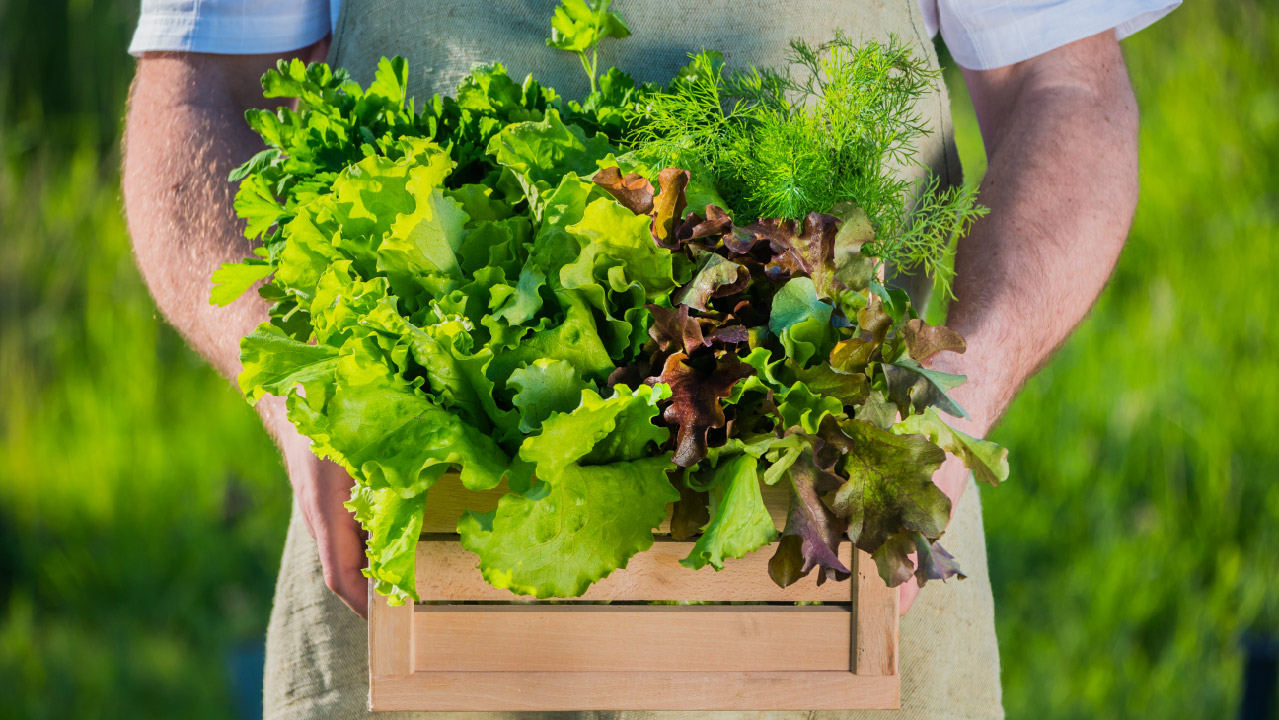Salad Season: Grow Your Own
Jun 27th 2023
One of the most delightful parts of summer comes when you can harvest and feast on the food you grew yourself. Whether you're making meals for yourself or planning on hosting a dinner party, salad is one of the easiest and most beginner-friendly foods to grow in your home garden, and it doesn't require much space. Salad greens you have harvested yourself are a delicious way to get yourself outside and increase your fresh nutrient consumption. Most greens can also be eaten either raw or cooked, lending themselves to endless versatility in the kitchen. If you really want to go deluxe, add in a few cucumber or tomato plants to increase the flavor and nutrition of your salads. Read on to learn more about how you can grow your own salad greens this season.
Choosing Your Varieties
While lettuce, kale and spinach are the most common here in the United States, there are many more delicious greens to choose from. Asian varieties such as bok choy or napa cabbage are well-suited to cooler temperatures. Arugula adds a peppery tang to your salad whereas chard is quite mild in comparison. Lettuce and other greens are typically cool-weather crops, ideal for early spring growing. If you're going into summer or live in a hot place, look for more heat-resistant varieties. ‘Cut and come again' varieties are those that simply grow back after you've harvested the top of them.
Growing Your Salad
Greens tend to grow very well with row covers to offer protection from the elements and insects while still letting in sunlight and rain. The best materials to use are light, air and water permeable so they don't cook your plants on hot, sunny days. Shade netting for hotter weather is also available and can help reduce incoming sunlight by half. While planting your seeds, you can either create straight rows to make it easy to harvest or simply broadcast the seed evenly over your planting bed, though this method may make irrigation more difficult. Cover lightly with dirt and keep the seedbed moist while the seeds are germinating. Drip irrigation can be an excellent way to ensure your greens get all the water they need; remember that lettuce is over 90% water. Install driplines in a row right next to your seeds or sprouts for the best results. To ensure you have greens all season long, plant more seeds in any empty space you have about every week or two. If you do this, be sure you also have a plan to give all the extra away!
Harvest Your Greens
If you're using a row cover, avoid removing it until you are ready to harvest. This will prevent insects from decimating your crop. To harvest, use sharp shears and leave the growing center of the plant intact so it can keep producing. Growing many different varieties will certainly lead to a tastier and more interesting salad, but it's important to remember that they may be ready at different times as well. Keep an eye on your planting bed and you should be good to go.
If you follow all these tips, your summer salad will be in production before you know it. Enjoy with friends to celebrate and show off your newfound skills in the garden.

